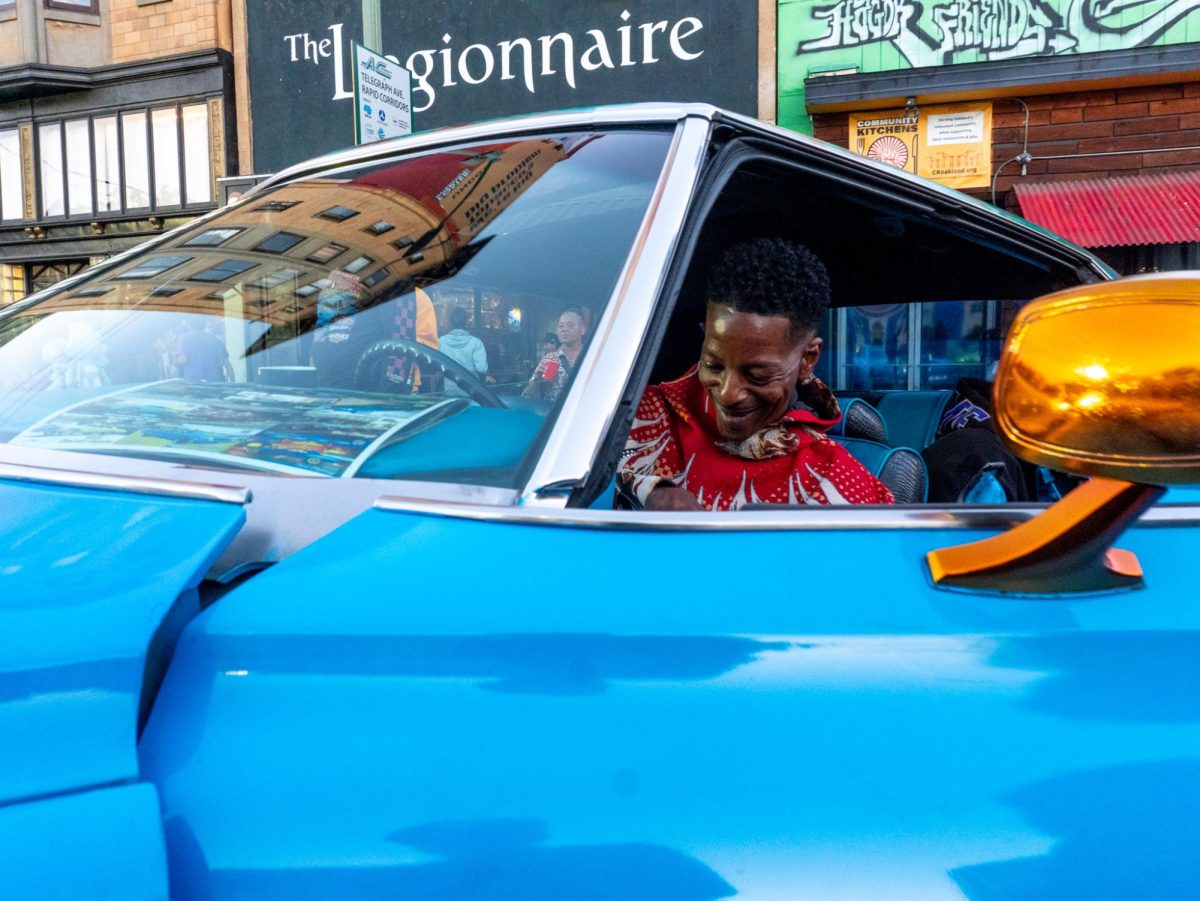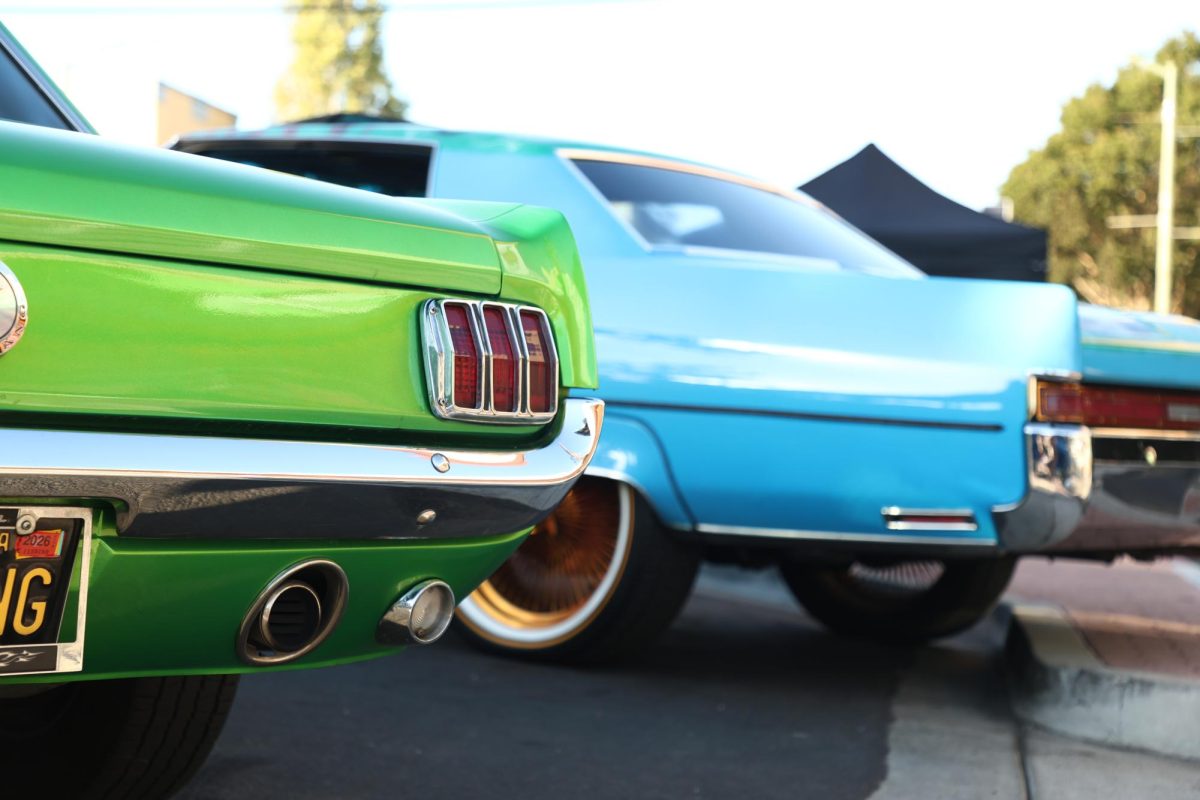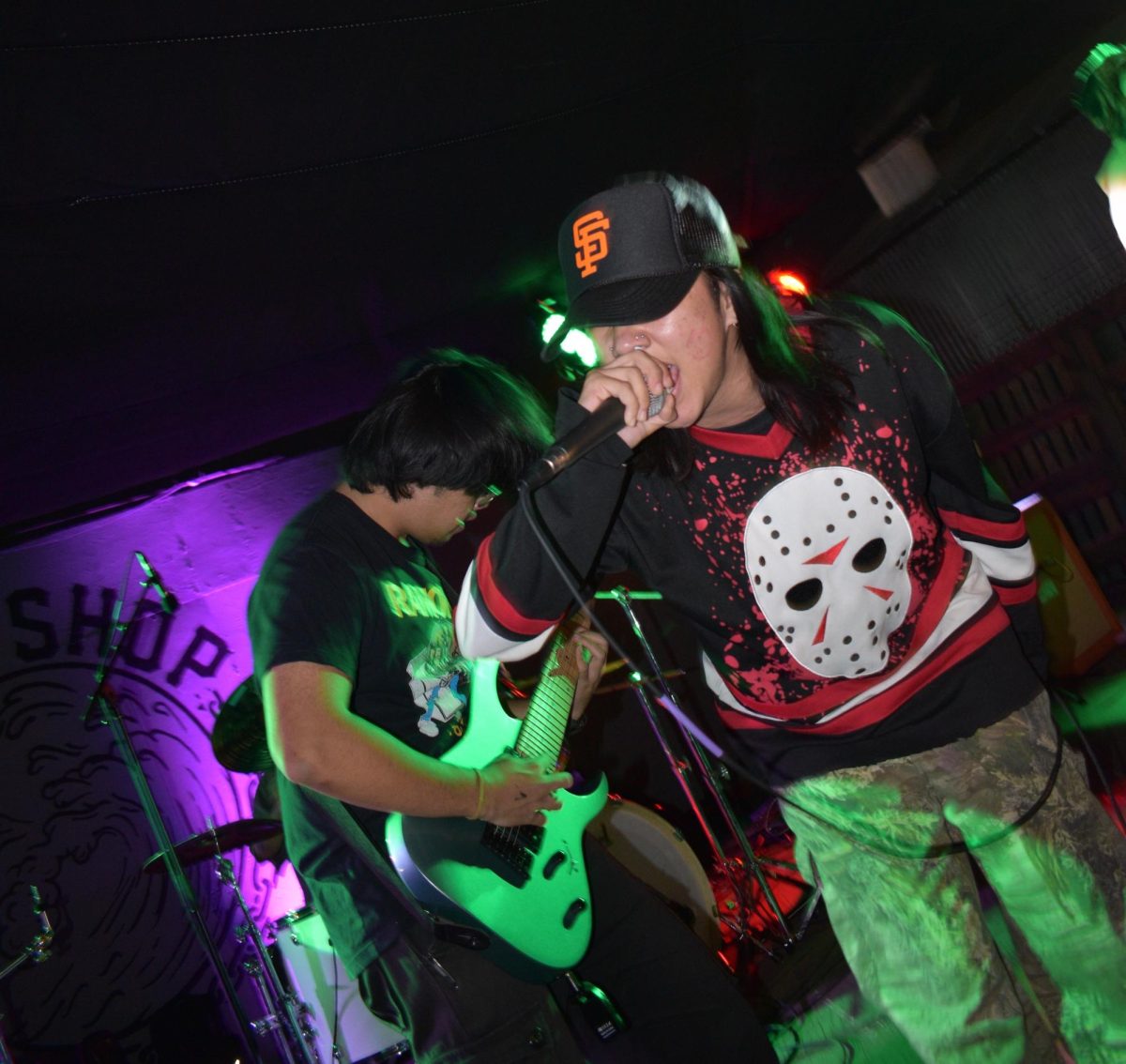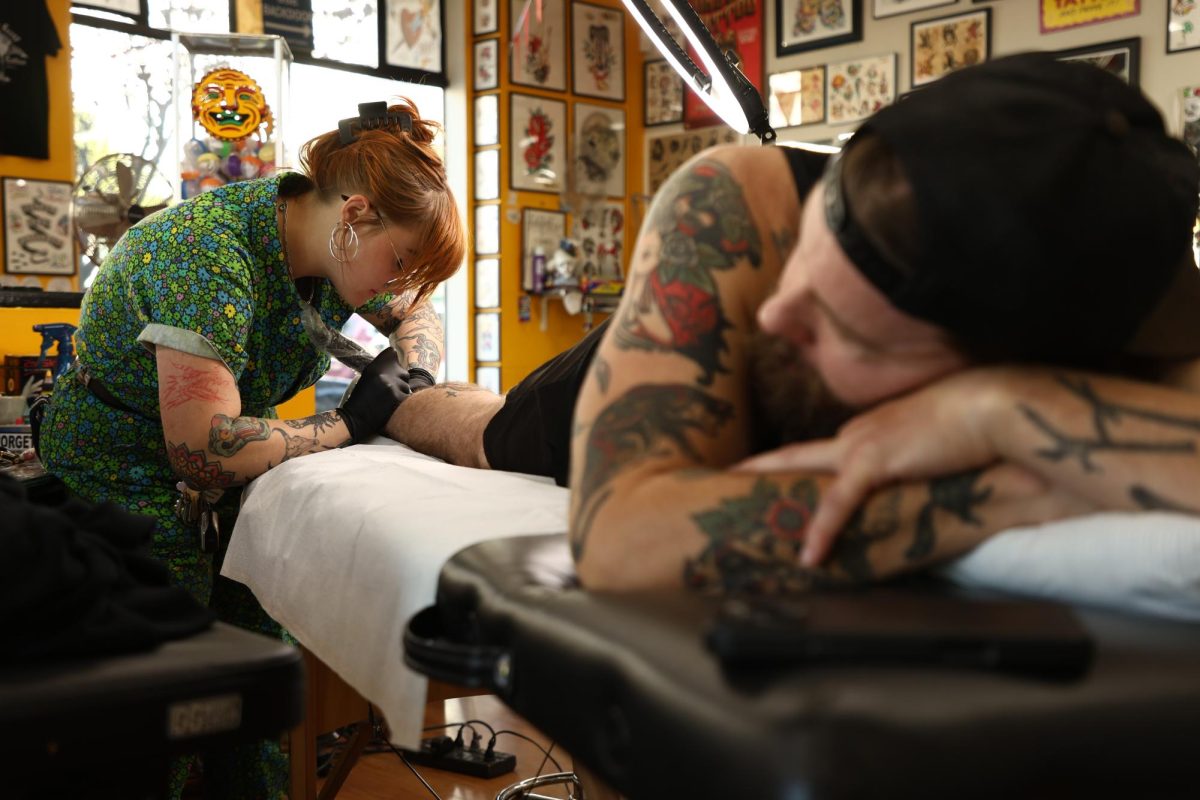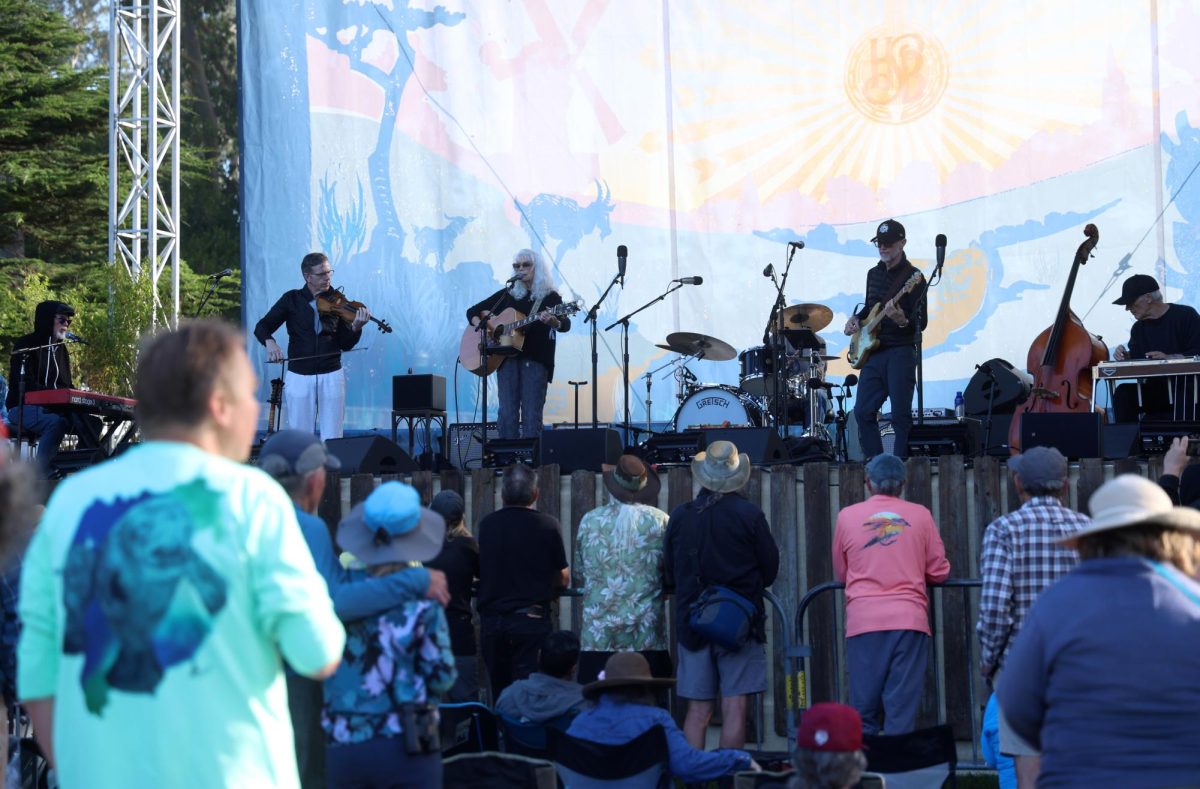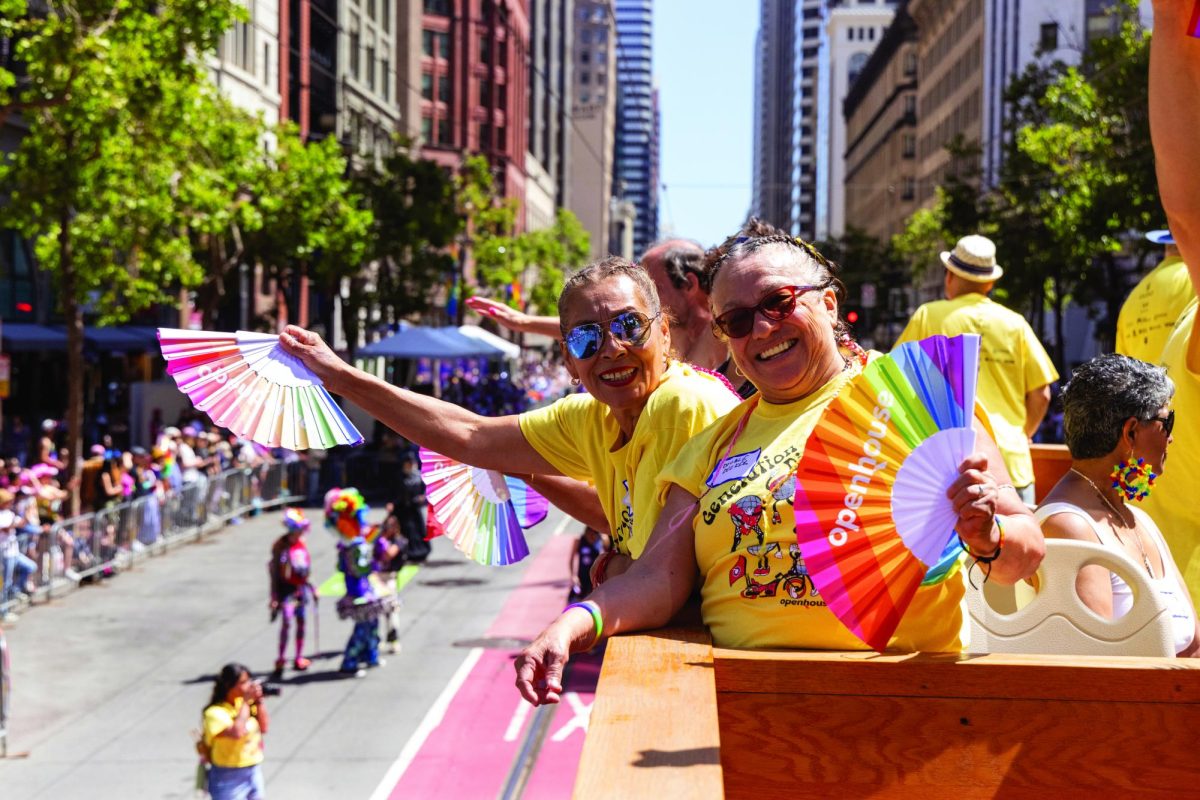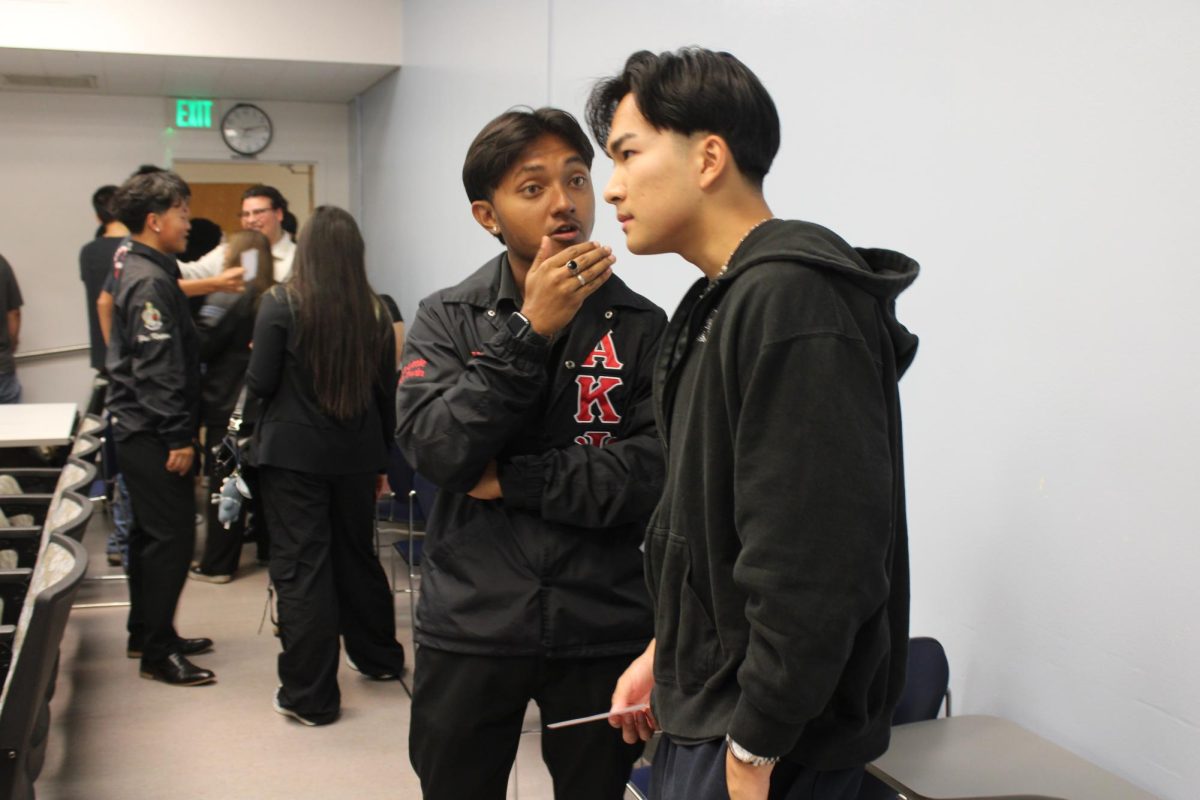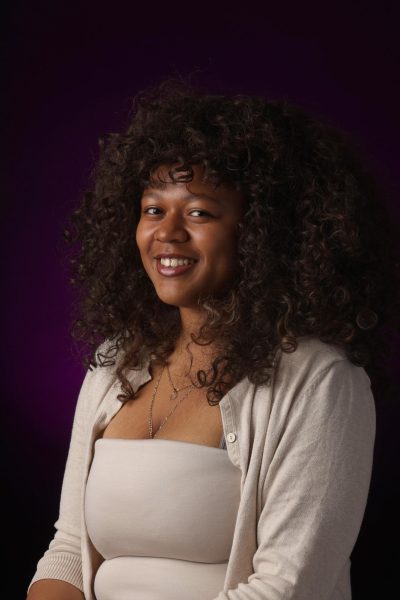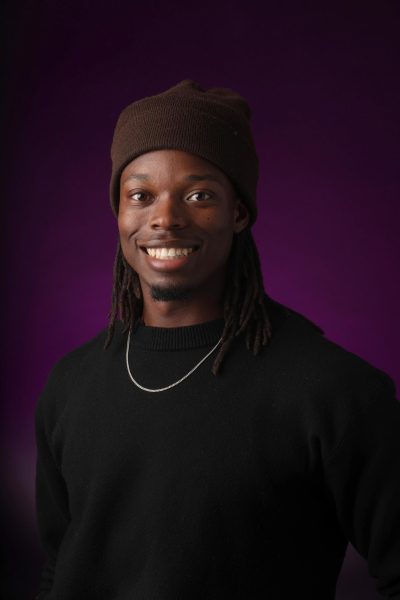Bay Area Hyphy culture, a subgenre of hip-hop, erupted into the mainstream in the late ’90s and early ’00s. The culture introduced a new genre of music and fashion to the masses, with it an underground culture of illegal automotive sport known as sideshows evolved.
According to Denise Battista, a Humanities and Liberal Studies professor at SF State, a generation of Black youth in Oakland spearheaded the sideshow culture under the Hyphy movement and evolved it from the “low and slow” automotive performances of the 1980s. These youth were raised by the Civil Rights generation and grew up during the War on Drugs. Today, sideshows, also known as street takeovers, are social gatherings where cars perform donuts, burnouts and elaborate figure eight stunts in vacant lots or public intersections.
“Criminal acts don’t arise in a vacuum, and neither does culture. People need to express themselves – their joys and traumas – and it’s both healthy and human to do so. It’s just not always convenient or accepted, understood or welcome,” Battista stated in an email.
The Paradox of Sideshows
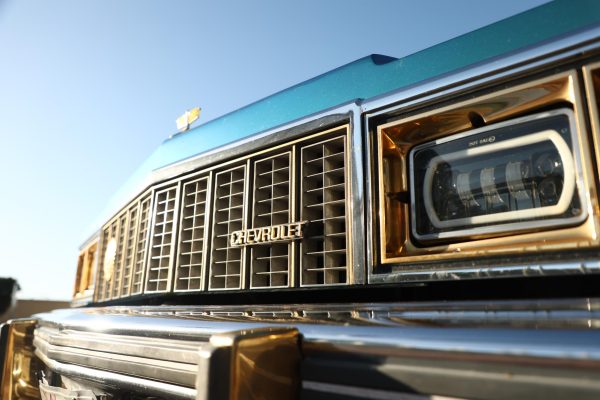
The controversial origins of sideshows in Oakland tells a story of Black innovation and culture, said Yakpasua Zazaboi, a filmmaker and pioneer in the effort to legalize sideshows.
Living just around the corner from the Haven’s Court and Foothill neighborhoods in Oakland, a sideshow hotspot in the ’90s, Zazaboi attended sideshows every weekend.
One night, while listening to Too $hort and driving around Oakland with his friends, a left turn on Bancroft Avenue led Zazaboi to his first sideshow.
“In that era, there was just, like, this stereotype,” explained Zazaboi, “If there were a lot of Black people around that … it was like a fight or something getting ready to happen. We were kind of a little hesitant to interact but then once you really started … letting your guard down a little bit, you realize everybody was out there having fun.”
Zazaboi connects the cultural significance of sideshows to the underlying innovation within the Black community, emphasizing that it’s the use of space they have access to, similar to how farmlands may use their plains to make racetracks.
Opting not to purely associate sideshows with a lack of racetrack accessibility in Oakland, Zazaboi says that sideshows are Oakland’s take on a pattern of automotive sports practices that arise organically in regions all around the world, such as Australia’s Summernats.
Summernats, a family-friendly affair founded in 1987, is an annual automotive festival where fast, loud modified cars engage in similar stunts performed in sideshows.
“The only difference in Oakland, than the other places, is Oakland does not seem to want to recognize this culture. They’re fighting against the culture and that’s why it’s becoming this outlaw type of thing,” Zazaboi stated.
Charles Marshall, born and raised in Oakland, also grew up with sideshows, and attributed the drastic change in the culture to a generational shift. He stated that the violence and crime associated with sideshows is a new phenomenon that wouldn’t be so common if the youth were given a space for the shows.
A Controversial Reputation
Hudson Moss, vice president of the Gator Greasers Automotive Club at SF State, said the bad publicity sideshows get reflects negatively on the entire car community, and ultimately, the distinction between the communities is that one puts people’s lives in danger and the other does not.
“These aren’t people from Oakland celebrating the culture. They’re just doing it to look cool, or just to do it. They’re not realizing the dynamic behind what it used to be,” said 21-year-old car enthusiast, Barry Stewart. He emphasized that with the change in the community, sideshows today lack the cultural depth and nuance that they once had.
Aamir Zaid, car enthusiast and Oakland resident, said the forced secrecy of sideshows, and a lack of context, can lead to an inaccurate representation of sideshows in the media. “In general, the sideshow only gets any notoriety when something negative happens.”
Sympathizing with the new generation now holding the torch for sideshows, Zaid explained that while he may not like all of the choices the younger generations are making, he sympathizes with them, remembering when he was once in their same shoes.
Bay Love
Oakland resident, Garren Poole, has been going to sideshows since he was about 14 years old. Poole expressed fond memories of growing up with sideshows, watching them from windowsills before he was old enough to participate.
Poole sees sideshows as a ceremonious event that transcends pure automotive sport — a way to show love for the city and keep the traditions passed down from older generations alive.
“What we see it as is showing love for the Bay,” said Poole. “What everyone else is seeing it as is that we’re just too rowdy and we just become disrespectful. But we’re not trying to be that.”
Battista also expressed that today’s youth are still carrying the legacy of the cultural pioneers in their own way. The legacy of sideshows is one of self-expression and having fun despite generational trauma.
“Even if today’s sideshows are a far cry from the original 1980s pop-ups in East Oakland parking lots, I don’t think it’s fair to say people who are participating today aren’t doing so for any cultural reasons. Some people are more aware than others of the history and pride and original cultural significance, but I’d argue everyone involved is a participant in creating culture, for better or for worse,” said Battista.
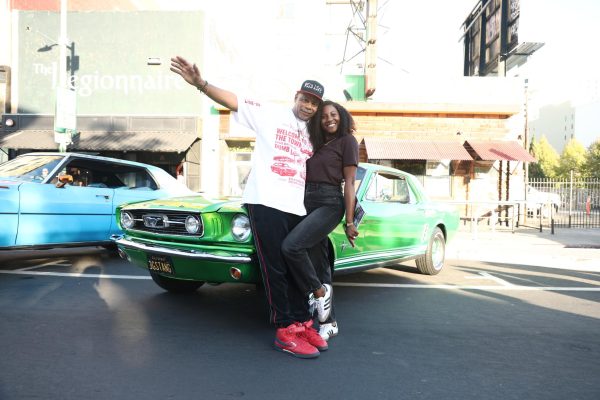
Gentrification of Sideshows
The heavy scrutiny of the Oakland sideshow scene, according to Zazaboi, has underlying connections to the phenomenon of scrutinizing Black culture and avenues of self-expression through a harsher lens than other communities.
Despite the Black community pioneering sideshows, they are no longer the majority demographic of sideshows, according to Zazaboi. Although gentrification of the sport came after Black men were prosecuted by police for sideshows, causing a large number of them to withdraw from the practice, the danger of sideshows is still being associated with Black culture.
“Young people want that experience and there’s nothing different about young Black folks in East Oakland and young white folks in the middle of Mississippi or Nebraska,” said Zazaboi. “Everybody is connected with that feeling of exhilaration from motorsports activities.”
“When there’s a love for anything, that’s where the cultures intertwine. And that’s where we’re able to have conversations and hopefully break barriers,” said Zaid.



